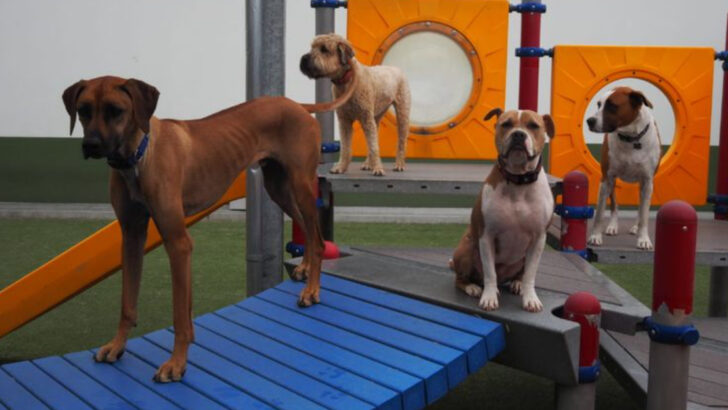Your dog isn’t born wanting to rumble at the park.
But give them the wrong signals—or no guidance at all—and suddenly you’ve got front-row seats to a furry showdown.
Dog fights aren’t just scary. They’re stressful, unpredictable, and can leave both dogs (and humans) shaken. The good news? You can stop most of them before they ever begin.
From reading the room (or the leash) to mastering the calm-but-firm vibe, there are simple steps that make all the difference.
This isn’t about turning your dog into a robot.
It’s about helping them feel safe, confident, and drama-free—whether they’re walking past a grumpy neighbor pup or hitting the dog park on a busy Saturday.
Let’s break the tension, not the leash.
Understand Dog Body Language
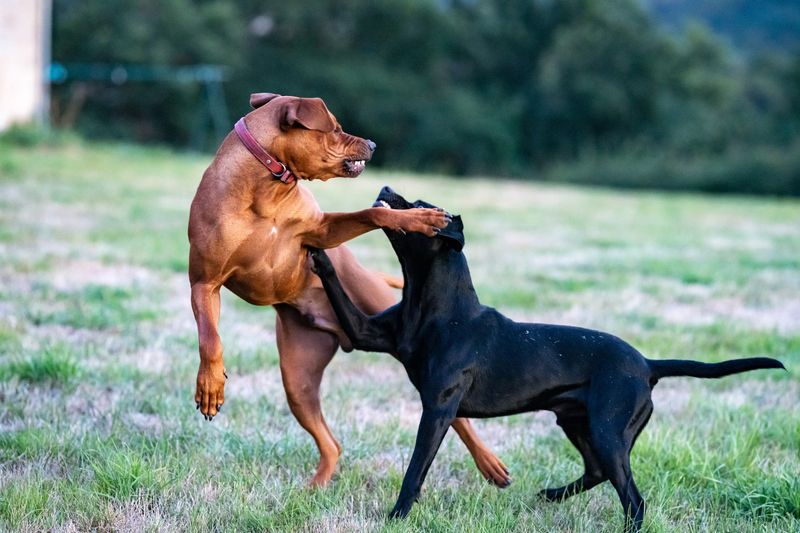
Recognizing the subtle cues in your dog’s body language can be pivotal in preventing fights. A stiff stance, raised hackles, or intense staring can indicate tension. Dogs communicate through these non-verbal signals, and being aware of them helps in addressing potential conflicts.
When you notice such signs, redirect their attention with a treat or a favorite toy. Understanding these cues not only strengthens your bond with your pet but also ensures a peaceful environment.
Next time you’re at the park, take a moment to observe how dogs communicate without words. It’s a fascinating insight into their world.
Socialize from a Young Age
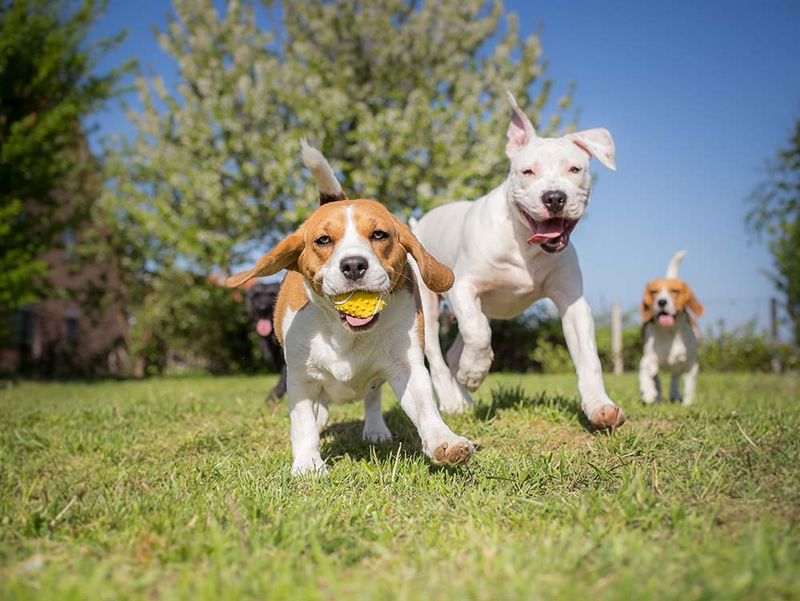
Socializing your dog from a young age is like teaching them a universal language. Exposing them to different dogs, people, and environments reduces fear and aggression.
Puppy classes offer a structured setting where dogs learn to interact positively. These early interactions teach them how to read social cues and react appropriately.
A well-socialized dog is confident and less likely to feel threatened by new experiences. Remember, variety is the spice of life, and for dogs, it can be the key to a harmonious existence.
Neuter or Spay Your Dog

Neutering or spaying your dog can significantly reduce aggressive behavior. Hormones often drive dogs to assert dominance, leading to fights.
This procedure not only calms their demeanor but also has health benefits, such as reducing the risk of certain cancers. While it may seem daunting, it’s a routine operation with a quick recovery.
Consider discussing with your vet the right age for your dog’s procedure. Taking this step is an investment in a peaceful future for your furry friend and those around them.
Avoid Aggressive Play
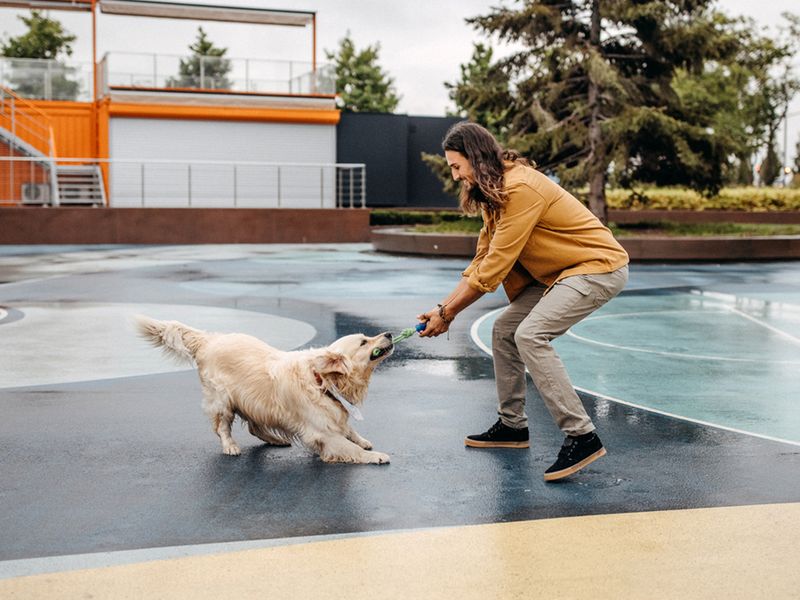
Not all play is created equal. While a game of fetch or tug-of-war is fun, aggressive play can escalate quickly into a fight. It’s essential to set boundaries during playtime.
If you notice growling or nipping, separate the dogs and redirect their energy to a calmer activity. Consistent intervention helps dogs distinguish between playful and aggressive behavior.
Creating a safe play environment fosters trust and enjoyment, ensuring that playtime remains a joyful experience for all involved.
Provide Adequate Exercise

A tired dog is a happy dog. Regular exercise keeps your pet physically fit and mentally stimulated, reducing aggressive tendencies. Dogs with pent-up energy may become frustrated, leading to unwanted behavior.
Whether it’s a brisk walk, a jog, or a game of fetch, daily activity is crucial. It channels their energy into positive outlets, minimizing the risk of conflicts.
Remember, each dog is unique, and their exercise needs vary. Discover what activity your dog loves, and make it a part of your routine.
Use Positive Reinforcement
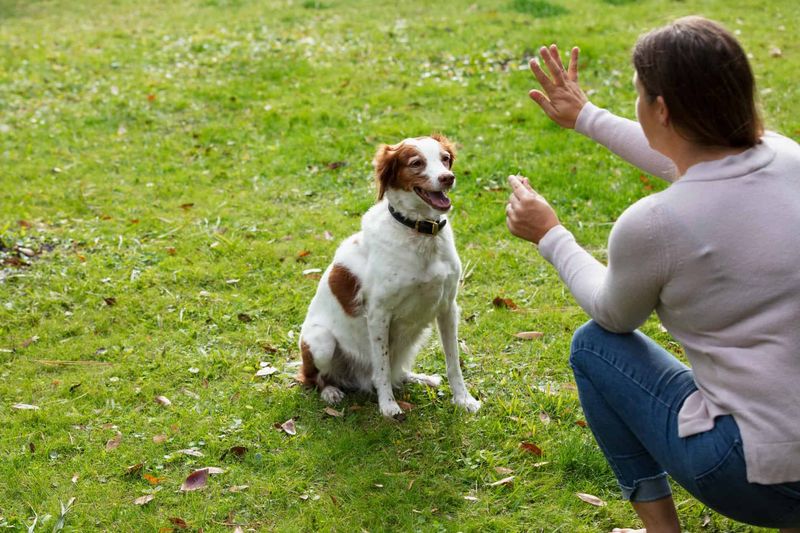
Positive reinforcement is a powerful tool in shaping your dog’s behavior. Rewarding good behavior with treats, praise, or toys encourages them to repeat it.
When your dog responds calmly in situations that could lead to aggression, acknowledge it immediately. This approach builds a positive association with calm behavior.
Over time, your dog will learn that staying composed leads to rewards, reducing the likelihood of fights. It’s a win-win for a peaceful coexistence.
Create a Routine

Dogs thrive on routine. Consistent feeding, walking, and playtimes provide a sense of security, reducing anxiety-driven aggression.
Routines help dogs anticipate what’s next, minimizing uncertainty and stress. A calm dog is less likely to engage in fights.
Establish a schedule that works for both you and your pet. Over time, this predictability becomes a comforting rhythm in their lives.
Train with Commands
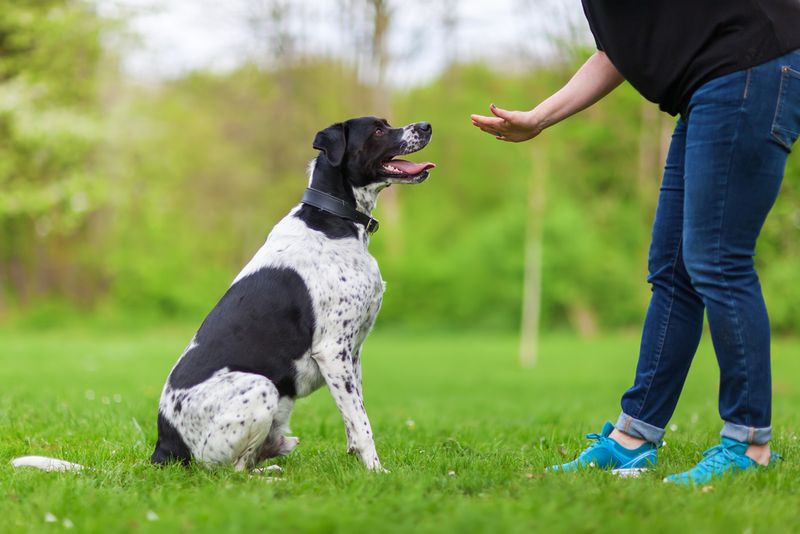
Training your dog with commands like ‘sit,’ ‘stay,’ and ‘leave it’ can prevent conflicts. These commands redirect your dog’s focus and discourage aggressive behavior.
Practicing these commands regularly strengthens your control in potentially hostile situations. It’s not just about obedience; it’s about safety and harmony.
With patience and consistency, these commands become second nature, ensuring your dog’s behavior aligns with your expectations.
Provide Personal Space

Every dog needs its personal space, a sanctuary where it feels safe and relaxed. Overcrowding or competition for resources can lead to territorial aggression.
Designate a quiet area in your home where your dog can retreat when it needs downtime. This space becomes their haven, free from stress and disturbances.
Respecting their space fosters trust, reducing anxiety and the potential for fights.
Monitor Group Interactions

When dogs interact in groups, supervision is key. Even well-socialized dogs can have disagreements that escalate if unchecked.
Keep an eye on group dynamics, and be ready to intervene if tensions rise. Separation and redirection are effective tools to maintain peace.
By being vigilant during group interactions, you ensure everyone enjoys playtime safely and positively.
Avoid Trigger Situations
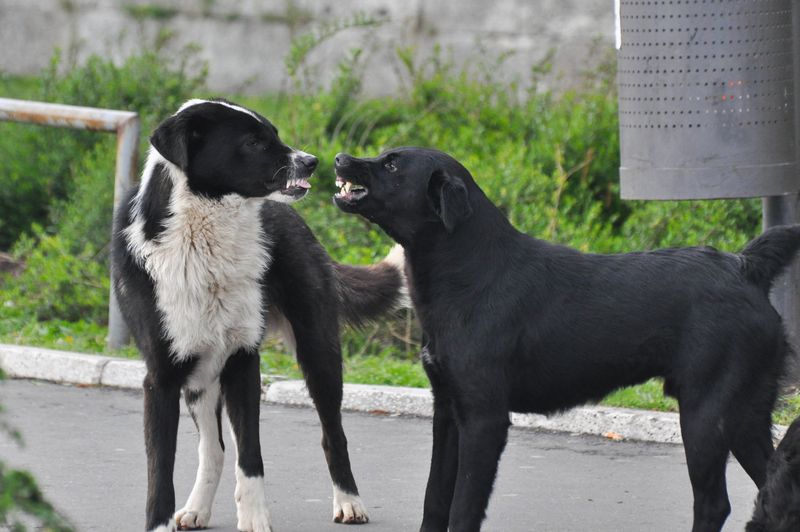
Some situations trigger dogs more than others. Recognizing and avoiding these triggers is crucial to preventing fights.
Whether it’s a particular dog, a crowded environment, or a noisy setting, knowing what bothers your dog allows you to steer clear of conflicts.
Awareness and proactive avoidance contribute significantly to a harmonious relationship with your furry friend.
Consult a Professional Trainer
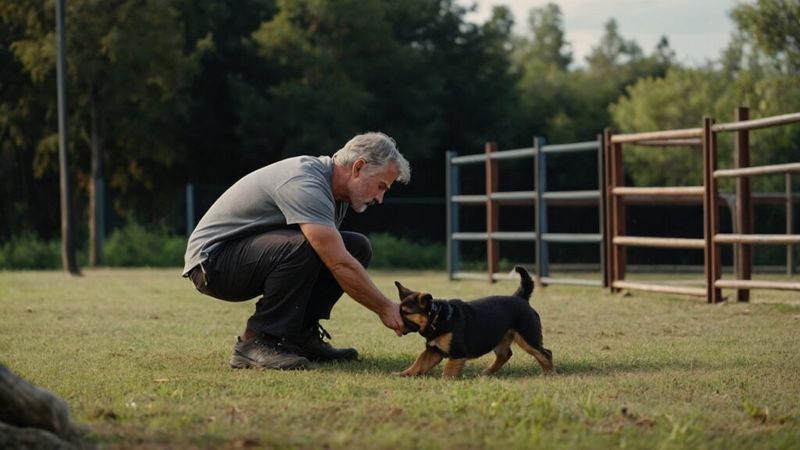
Sometimes, professional help is the best solution. A skilled trainer can provide insights and techniques to manage and prevent aggression.
Trainers offer personalized guidance tailored to your dog’s specific needs, ensuring the best approach to behavior modification.
Investing in professional training is a proactive step towards ensuring a peaceful coexistence for your pet.
Maintain Consistent Rules
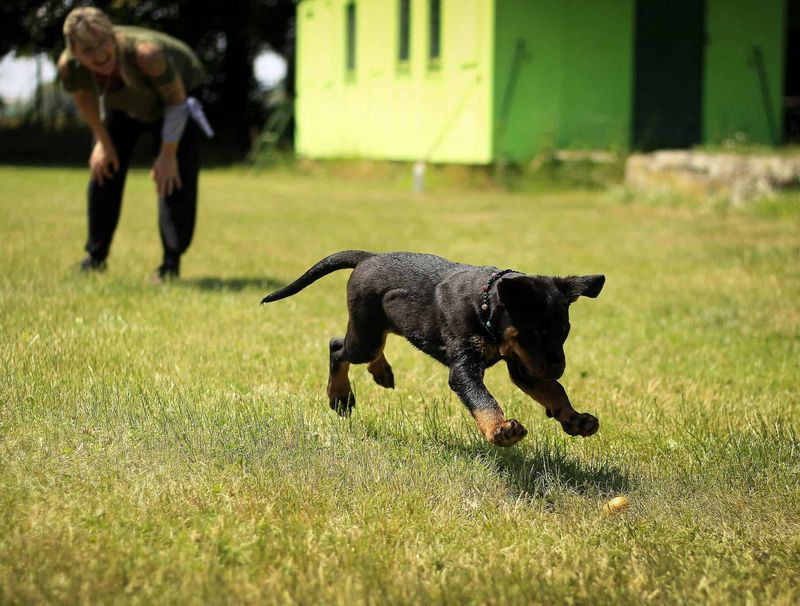
Consistency is key when it comes to preventing dog fights. Establishing and maintaining clear rules helps your dog understand boundaries.
Dogs rely on these boundaries to feel secure and confident. Consistency in enforcing rules reduces confusion and potential aggression.
Make sure everyone in the household is on the same page, reinforcing a stable and predictable environment for your pet.
Avoid Punishment-Based Methods
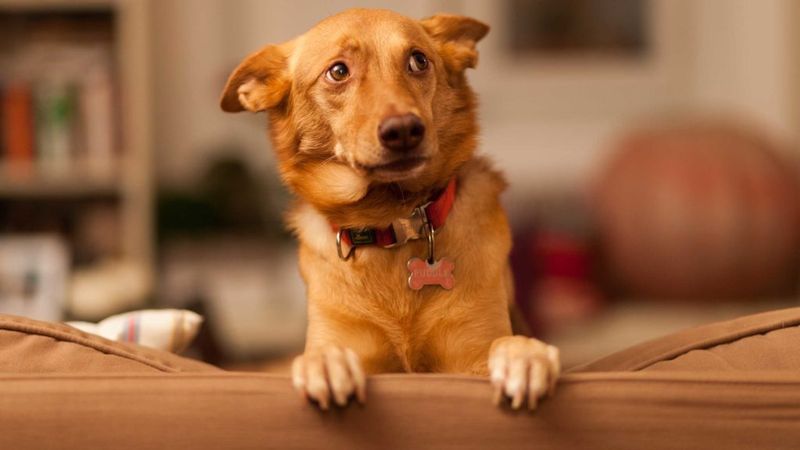
Punishment-based methods can exacerbate aggression by increasing fear and anxiety. Instead, focus on positive strategies that build trust.
Gentle training methods foster a bond of respect between you and your dog. This trust reduces stress and diminishes the likelihood of fights.
Embrace patience and understanding, and watch your dog thrive in a nurturing environment.
Recognize Medical Issues
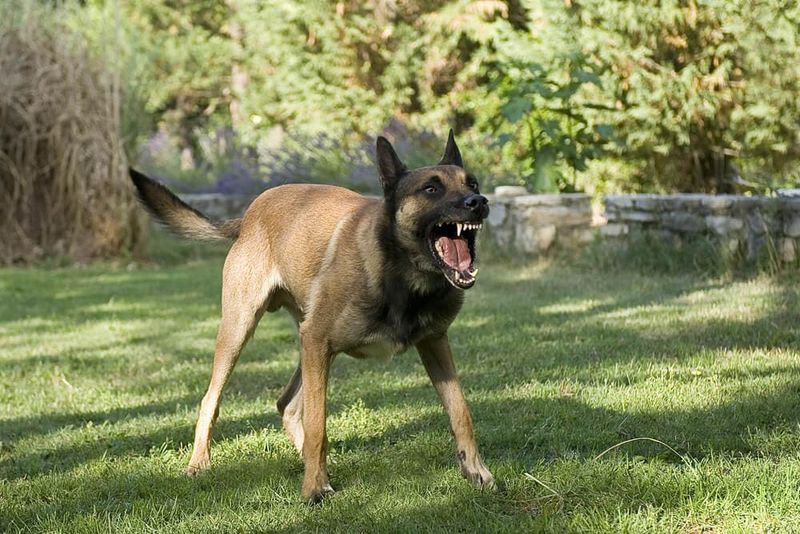
Sometimes aggression stems from underlying medical issues. Pain or discomfort can cause dogs to act out.
Regular vet check-ups ensure that your dog’s health is monitored and any potential problems are addressed. This proactive approach can prevent aggression linked to health concerns.
By recognizing and treating medical issues, you pave the way for a happier, more peaceful companion.

